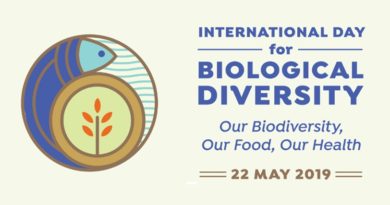Humans Have Destroyed 97% Of Earth’s Ecosystems
Most of Earth’s terrestrial habitats have lost their ecological integrity, including areas that were earlier categorised as being intact. Human activity has had a far-ranging impact on the numbers and abundance of other species.
Most of Earth’s terrestrial habitats have lost their ecological integrity, including areas that were earlier categorised as being intact, said a research published in the journal Frontiers in Forests and Global Change.
Just 3% of the world’s land remains ecologically intact with healthy populations of all its original animals and undisturbed habitat, the study suggests. The intact ecosystems that the team identified fall in the Congo, Tanzania, the Amazon rainforest, Siberia, and southern Chile.
Even more troublingly, the team found that just 11% of the ecologically intact lands they identified is protected by countries’ conservation laws. An even smaller portion—just 4%—is covered by Key Biodiversity Areas, or areas where the International Union for Conservation of Nature says it’s particularly important to preserve wildlife.
Invasive alien species including cats, foxes, rabbits, goats and camels have had a major impact on native species in Australia, with the study finding no intact areas left.
The researchers suggest reintroducing a small number of important species to some damaged areas, such as elephants or wolves – a move that could restore up to 20% of the world’s land to ecological intactness.
The new assessment combines maps of human damage to habitat with maps showing where animals have disappeared from their original ranges or are too few in number to maintain a healthy ecosystem. Some scientists said the new analysis underestimates the intact areas, because the ranges of animals centuries ago are poorly known and the new maps do not take account of the impacts of the climate crisis, which is changing the ranges of species.
The study found that an essential missing component from large areas of otherwise intact land is the disappearance of some key species, especially large mammals. Some of these large mammals have gone completely extinct, but others are still surviving elsewhere. In those cases, the authors say that by reintroducing just a small number (between one and five) of species that play crucial functions to certain areas could bring up to 20% of the world’s land back to ecological intactness.
The study argues that we need a new way of thinking about ecological health. Right now, the authors say, restoration is mostly focused on restoring degraded habitats. That’s important, but it’s not enough.




